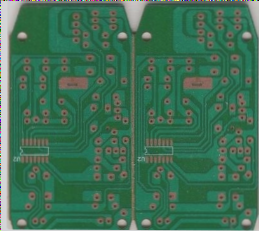PCB Plating Processes: Gold Plating and Tin Plating
PCBA plate making is crucial, with gold plating and tin plating processes playing significant roles in PCB manufacturing.
Advantages and Disadvantages of Different PCB Coatings
- Zinc Plating: Offers corrosion prevention at a low cost but may not be suitable for frictional parts.
- Nickel Plating: Provides excellent chemical stability but suffers from porosity.
- Tin Plating: Ensures high chemical stability and good solderability.
- Chrome Plating: Comes in decorative and hard variants, each with specific benefits.
- Gold and Silver Plating: Primarily used for decoration and corrosion resistance, but can be costly.
Benefits of Gold-Plated PCBs
Gold-plated PCBs offer several advantages:
- Improved IC pin density and SMT placement.
- Extended shelf life for sample stage production.

Advantages of Heavy Gold Plating
- Immersion gold technology reduces the tin effect for better compatibility.
- Enhanced soldering capabilities and customer satisfaction.
- Prevention of signal interference and short circuits.
- Stronger adhesion between layers for improved performance.
- Easier stress management and comparable flatness to gold-plated boards.


